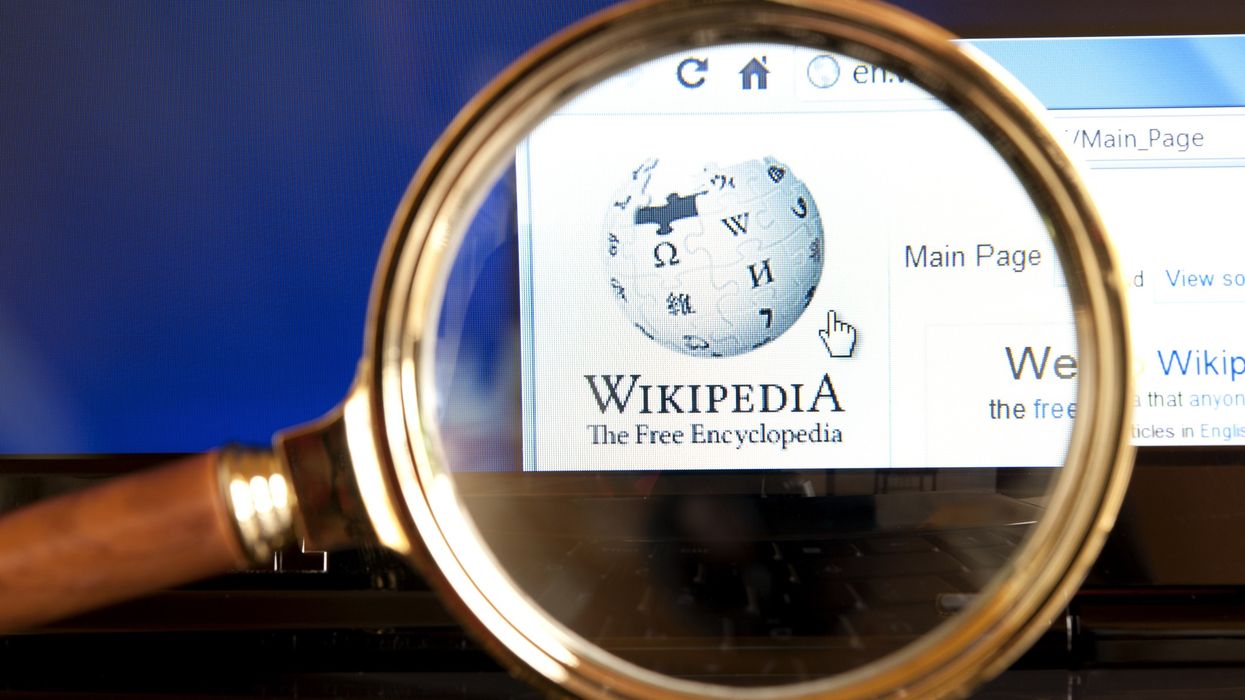Media Faces Reckoning After Helping Trump Downplay Project 2025 on Campaign Trail
"A Trump denial is not a fact," said one media critic.
As President Donald Trump openly embraces Project 2025, mainstream media outlets are facing criticism for their role in helping him downplay his ties to the wildly unpopular far-right governing playbook in the lead-up to his reelection last year.
After she became the Democratic nominee in July, former Vice President Kamala Harris made the Heritage Foundation's over 900-page manifesto for “the next conservative president” central to her case against Trump during the 2024 election, often referring to it as "Trump's Project 2025."
She and other Democrats warned that if he retook power, he would swiftly enact many of its most extreme and unpopular proposals and dramatically expand executive power while doing it.
Among those proposals were steep cuts to social safety net programs like Medicaid and the Supplemental Nutrition Assistance Program (SNAP), the "mass deportations" of millions of immigrants, the elimination of the Department of Education, new restrictions on abortions, the gutting of climate protections, and the replacement of career civil servants with political appointees, among many others.
Democrats amplified the plan's danger at the Democratic National Convention and in campaign ads, and Trump began to distance himself from the platform. Despite the fact that as many as 140 people who'd worked in his first administration—including Paul Dans, Heritage's director of Project 2025—had a hand in its creation, Trump said: "I know nothing about Project 2025. I have no idea who is behind it."
This was demonstrably untrue, even at the time. Media Matters for America dug up a clip from as far back as May 2023 of Dans stating that "President Trump's very bought in with this," speaking of the program.
Project 2025 was almost inconceivably unpopular. An NBC News poll from September 2024 showed that while 57% of registered voters viewed the plan negatively, just 4% viewed it positively.
But in the critical months leading up to the election, many media outlets took Trump's denial at face value, publishing fact checks and other commentary that painted Democrats' warnings about his connection to the plan as alarmist or misleading.
Responding to a social media post in July stating that "Trump has made his authoritarian intentions quite clear with his Project 2025 plan," a fact check by USA Today rated the statement "false," because, as the headline said, "Project 2025 is an effort by the Heritage Foundation, not Donald Trump."
In September, after Harris confronted Trump about Project 2025 at the first and only debate between the two, the paper published another fact-check with the headline: "Harris repeats claim that Project 2025 is Trump's plan. That's still not right."
In response to Harris' claim during the debate that Project 2025 was "a detailed and dangerous plan... that the former president intends on implementing if he were elected,” Washington Post fact-checker Glenn Kessler, whose coverage received a fair bit of criticism during the 2024 cycle, reported in bold text that "Project 2025 is not an official campaign document."
A CNN fact check of the Harris campaign's social media in September remarked that one account "frequently invokes Project 2025," before caveating that "Project 2025 is not Trump’s initiative, and he has said he disagrees with some of its proposals."
In an October interview on CBS's "Face the Nation," anchor Norah O'Donnell, Harris attempted to warn about Project 2025, before O'Donnell responded: "You know that Donald Trump has disavowed Project 2025. He says that is not his campaign plan."
After nine months back in power, the website Project 2025 Tracker estimates that Trump has already implemented approximately 48% of the objectives outlined in the policy document.
In addition to his key campaign promises many of his second administration's policies are highly specific to Project 2025, such as his pledge to abolish the Federal Emergency Management Agency (FEMA), his efforts to privatize the National Weather Service (NWS), his reconfiguration of Title X funding to promote pregnancy, and his elimination of the Office for Civil Rights and Civil Liberties.
Trump is no longer hiding his connection to Project 2025, having brought in many of its hiring picks and authors to staff his administration almost immediately after his victory last November.
This week, he began to boast about it openly. As his Office of Management and Budget (OMB) director, Russ Vought, one of Project 2025's architects, began using the current government shutdown to unilaterally cut off funding to infrastructure projects in blue states and cities, Trump lauded him as "he of PROJECT 2025 Fame."
"This was always the plan," Harris responded on social media.
While many commentators expressed outrage that Trump blatantly lied about his connections to Project 2025, others dredged up old clips of newspapers and anchors taking him at his word.
"All those 2024 media fact checks that said, 'Donald Trump and the Trump campaign deny any connection to Project 2025' look pretty ridiculous right now," said MeidasTouch editor-in-chief Ron Filipkowski. "A Trump denial is not a fact. You just used his lies to 'debunk' a reality that was obvious to anyone paying attention."
Mehdi Hasan, the founder of the independent media company Zeteo, highlighted the CBS interview, saying Trump's embrace of Project 2025 was "embarrassing not just for Norah O'Donnell but a whole host of leading American anchors and reporters who echoed Trump’s false denials."
"Nothing showed the difference between mainstream and independent media better than the response to Trump’s obvious lie about not knowing anything about Project 2025," said David Pepper, author of the book Saving Democracy: A User's Manual. "Most mainstream media started fact-checking those who claimed a connection to be somehow false. Others 'both sides'ed' it. Far more in independent media called it out as a whopping lie."


